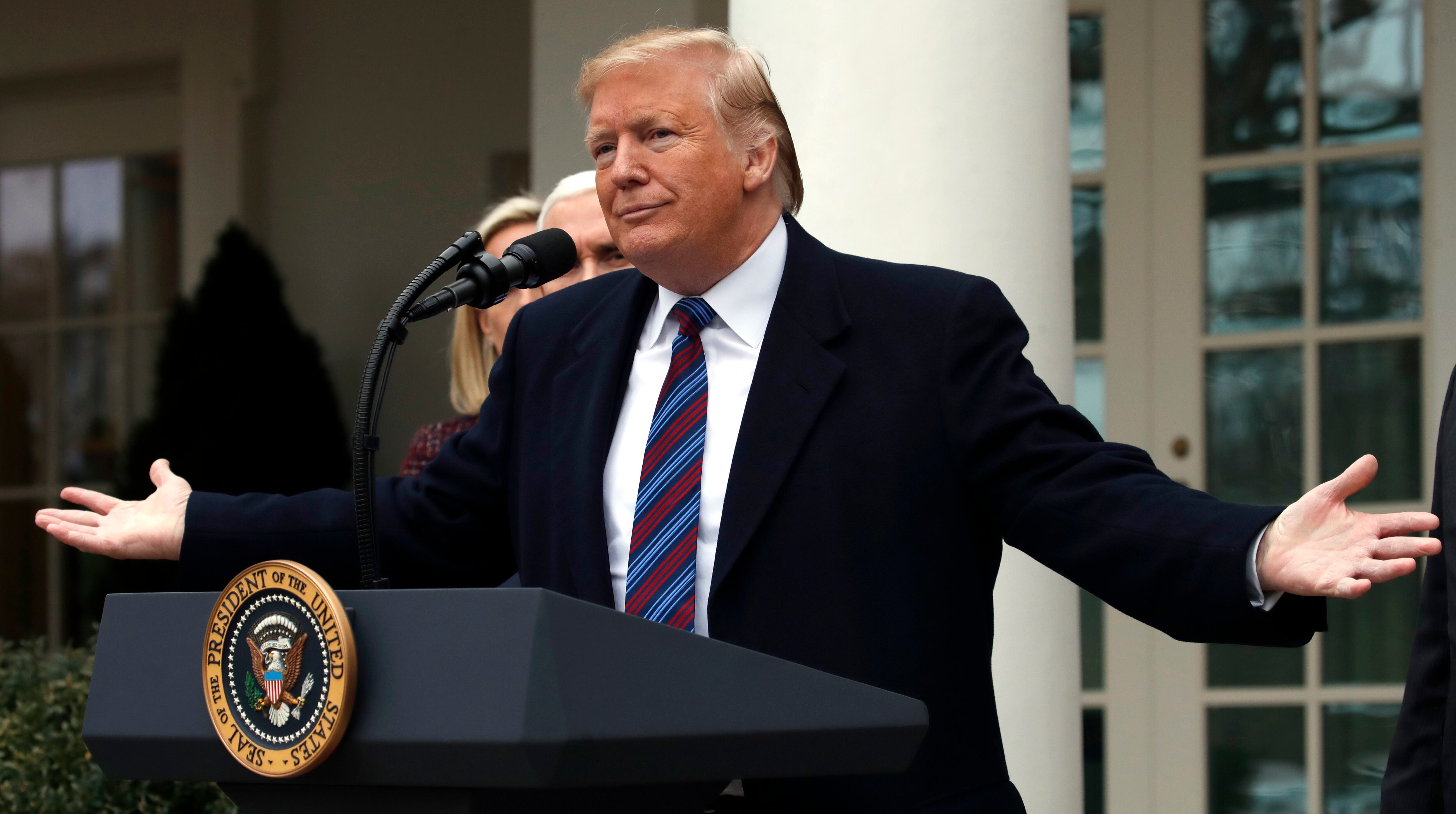Despite stark political divides in the 116th Congress, industrial-base policy offers one of the most fertile areas for bipartisan cooperation. Historically, Democrats have long supported the types of pro-manufacturing, pro-worker and pro-Buy American policies that are favored by the current administration. In the new Congress, Democrats and Republicans should seek out opportunities to work together in advancing mutually sought-after goals in this critical policy area.
Why work together?
This year, Congress will be asked to reauthorize the Defense Production Act of 1950. Though amended and modified over the years, this law remains the premier source of authority for stewardship of the defense-industrial base. For example, DPA Title III authorities assistance to private firms in their efforts to commercialize and scale up critical projects that might otherwise struggle to transition from the research and development phase to full production.
Additionally, DPA tools such as loan guarantees could help ensure that financial capital is available at critical junctures in the development process for new technologies and products with defense applications.
RELATED

The great benefit of DPA and other industrial-base programs is that, while they ensure the defense-industrial base is able to supply the war fighter, they also deliver very substantial non-security benefits. For instance, a strong defense-industrial base expands opportunities by assisting women and minority-owned businesses to establish a presence in the market, diversifying local economies across the U.S. and indirectly sustaining a large number of jobs outside of the defense industry.
Second, stability in the defense portion of the manufacturing sector acts as ballast in an otherwise volatile portion of the economy, giving local communities that are dependent on manufacturing jobs a modicum of protection from the vicissitudes of international trade flows.
Third, these programs help preserve a core manufacturing skill set in an economy that is growing increasingly service-sector dominated.
Although the overall upward trend in defense spending may come under pressure in the years ahead, Congress should continue robust funding for industrial-base programs given the significant economic benefits, especially in comparison to their rather modest percentage outlay of the overall defense budget. In the last defense appropriations bill, industrial-base programs counted for less than 0.1 percent of the Pentagon’s budget.
Other opportunities for cooperation
Looking beyond DPA authorization, there are additional opportunities for bipartisan government action supporting the industrial base. For example, Congress should look to address the plethora of gaps and vulnerabilities identified by the recently released report on “Assessing and Strengthening the Manufacturing and Defense Industrial Base and Supply Chain Resiliency of the United States.”
Many of the gaps documented by the report manifested in the field of strategic materials. Earlier efforts at defining “strategic materials” have run aground as a result of disputes over exact definitions. The defense industrial-base study, an intensive effort that extended through multiple layers of the supply chain, offers a road map to avoiding these debates. Thanks to this study and its detailed recommendations, lawmakers have a unique opportunity to address industrial-base gaps with efficiency and precision. This should allow Congress to find ways forward to create policies and funding opportunities for American defense suppliers and reduce barriers to U.S. industrial-base competitiveness.
Mine permitting reform should also be at the top of Congress’ list. Last year, an effort to include reform language in the last National Defense Authorization Act attracted some bipartisan support, but it wasn’t quite enough to get the language into the final draft of the bill.
While the U.S. remains mired in a permitting mess of our own making, our dependence on mineral imports grows by the hour. The U.S. Geological Survey reports that the U.S. is now 100 percent import-dependent for 21 essential minerals, and 50 percent import-dependent for another 29. This growing reliance on imports — many from unstable nations or geopolitical rivals — stands in stark contrast to U.S. minerals abundance. A cumbersome, duplicative and ineffective permitting process shoulders much of the blame. Given the strategic risk that U.S. mineral import reliance entails, Congress should approach the task of mine permitting reform with a sense of urgency.
In conclusion, both Democrats and Republicans have common ground in the area of industrial-base policy and should seek to cooperate to advance their goals. This cooperation should include commitments from both sides to not intentionally create legislative gridlock in order to advance partisan political agendas that stand little chance of becoming law.
For example, Republicans should refrain from using defense policy as a vehicle for regulatory rollback in areas unrelated to the defense-industrial base. Democrats, meanwhile, should not derail a productive national security agenda for the sake of confronting the Trump administration over disagreements on domestic policy.
Although neither side will get everything they want, legislators have many opportunities to advance priorities that matter to everyone, including support for U.S. manufacturing and the American worker. Given that the defense-industrial base programs count for less than 0.1 percent of the Defense Department budget, it would be wise for Congress to ensure stable and consistent funding for the programs in this critical policy area.
Jeff Green is the president of J.A. Green & Company, a government relations firm based in Washington, D.C. He previously served with the House Armed Services Committee and the U.S. Defense Department.








